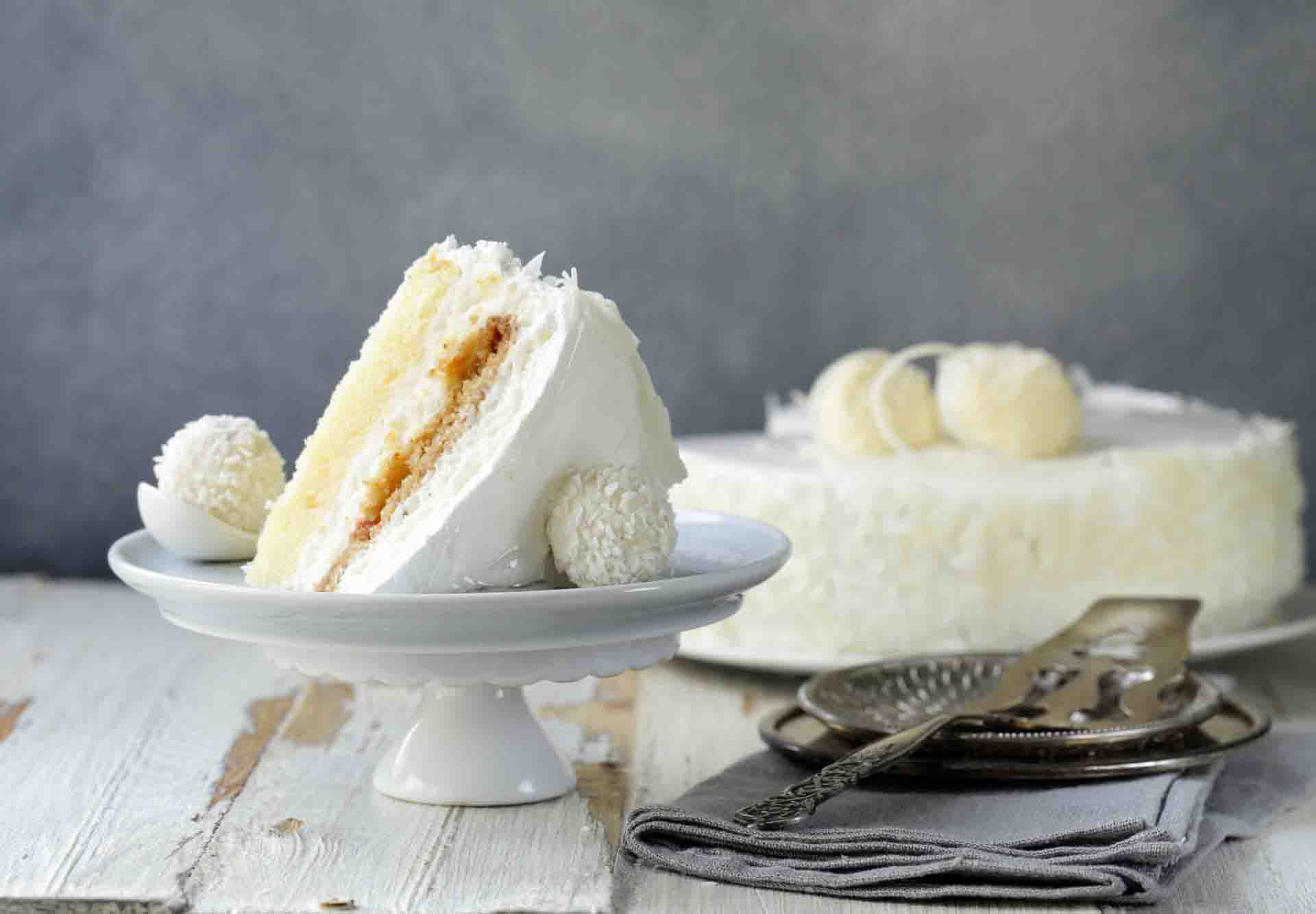Ever craved the soft, fluffy texture of the white sugar rice cake: Bai Tang Gao (白糖糕)? You’re not alone! This legendary delicacy has been cherished across generations. My journey to discover the ultimate Bai Tang Gao recipe was indeed eventful. Achieving that flawless blend of ingredients demanded a touch of kitchen wizardry.
The Disappearing Delight
Baak tong gou might be a childhood memory for many, a nostalgic treat spotted at bustling Cantonese teahouses or dim sum establishments. Remember being at a dim sum brunch, watching the carts bustling around, eagerly awaiting this sugary delight? Or perhaps the memory is of a bustling market street, spotting a vendor with that gleaming white cake. It’s a precious memory for many, and quite heartwarming too. But as times change, even in Chinatowns and renowned dim sum places, spotting this cake has become rare. Yet, the power of food memories is unmatched. By bringing these recipes to the forefront, we not only preserve a culinary heritage but also recreate the magic for newer generations.
Simplicity in Four Ingredients
For a dish that’s so embedded in memory, Bai Tang Gao is surprisingly simple. Just four core ingredients and you’re set. For perfect results, a digital kitchen scale is your best friend. The process combines the gentle fermentation characteristics of yeast with the unique texture of rice flour. This results in a slightly sweet rice wine flavor, akin to jiu niang. Unlike overtly sweet desserts, its taste is subtle and refined. Curious? Let’s dive into making it.
Ingredients
- 150 g rice flour (1 1/4 cups)
- 280 g total water (divided for different steps)
- 100 g white granulated sugar (1/2 cup)
- 3 g active dry yeast (~1 teaspoon; instant yeast can also be used)
- Vegetable oil (for that glossy finish)
Instructions
1. Begin with a heatproof mixing bowl, and combine rice flour with 80g water to create large crumbs. Set this aside.
2. Using a pot, mix sugar with 200g water and heat until sugar dissolves. Pour this hot mix over the rice flour and whisk until lump-free. Allow it to cool till it’s lukewarm.
3. As it cools, mix yeast in 30g lukewarm water. Let it rest for 15 minutes, allowing the yeast to activate.
4. Once the rice mixture cools, add the yeast mixture. Whisk vigorously for about 3 minutes.
5. Secure the bowl with an overturned plate. Leave it to ferment for 3 hours in a warm corner.
6. Towards the end of the fermentation period, get your steamer ready. Ensure there’s enough water for a 20-minute steam.
7. Post fermentation, pour the mixture into a dish (8-9 inches). Once the steamer’s water boils, place the dish inside, covering it. Let it steam for 20 minutes.
8. Post steaming, turn off the heat. Allow the cake to rest in the steamer for an additional 2 minutes before unveiling.
9. For a glossy finish, brush the cake with vegetable oil. Let it cool before slicing. Use an oil-brushed knife for cleaner cuts.
Serving Suggestions:
Store it either in the fridge or on your counter, based on the season. Enjoy it as-is or reheat with a quick 5-minute steam.
Experience the comforting warmth of tradition and the joy of sharing it with your loved ones. Dive into the comments and share your Bai Tang Gao memories!
